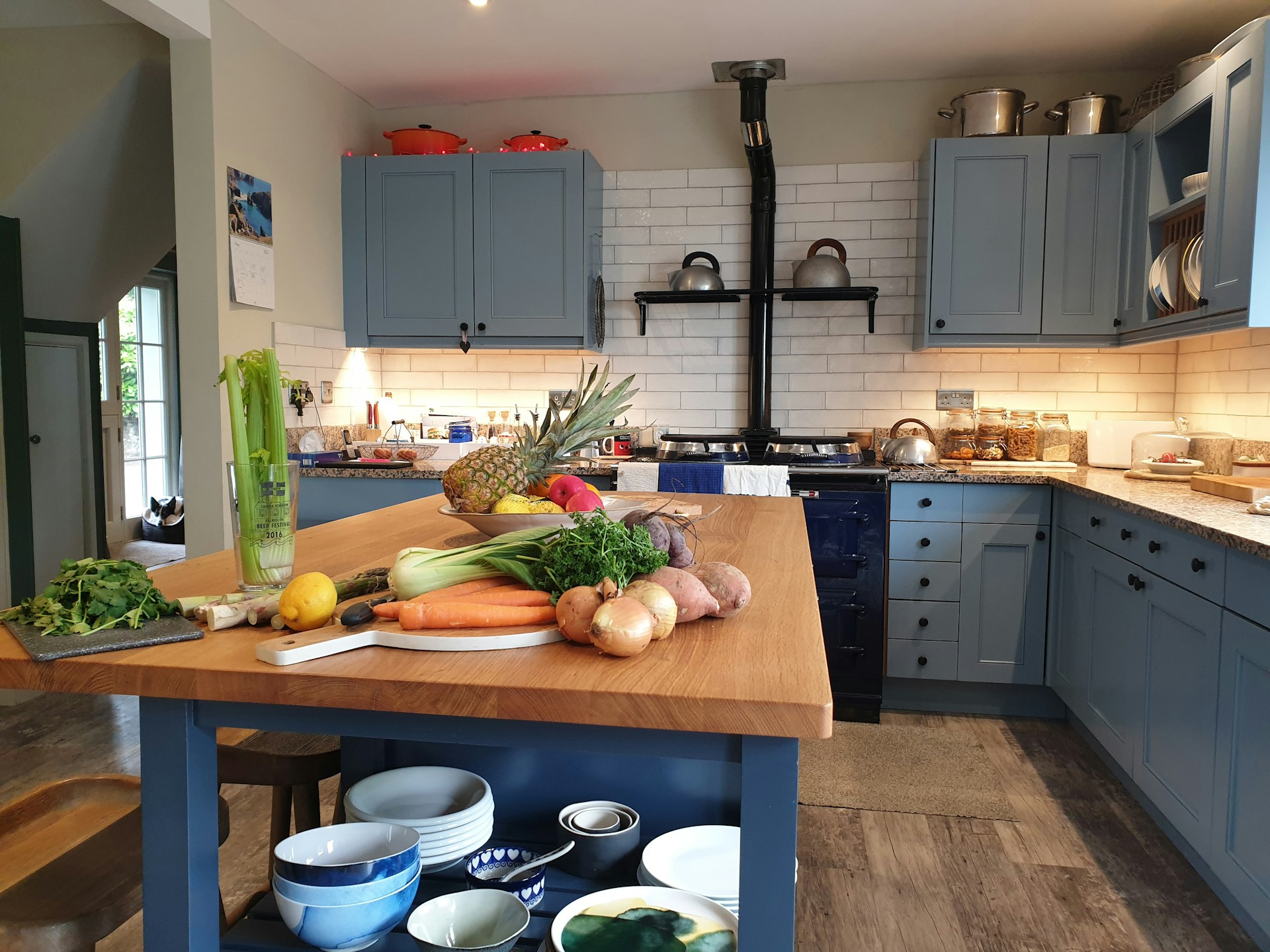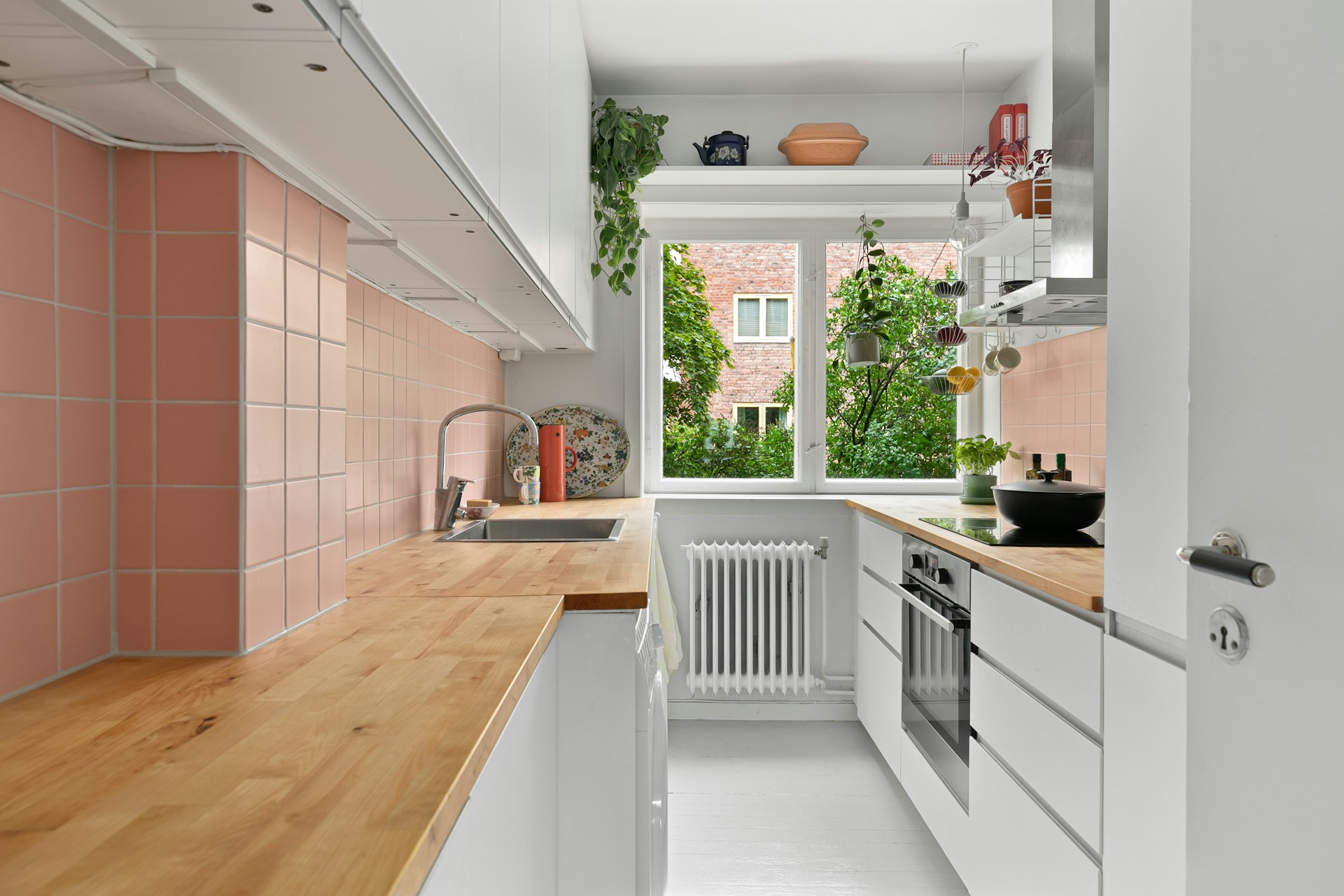Transform Your Kitchen with a Fresh Redesign

Redesigning a kitchen is one of the most impactful ways to rejuvenate your home. As the heart of your living space, the kitchen deserves more than outdated cabinetry and poor lighting. A fresh redesign blends functionality with aesthetics, making daily tasks easier while elevating your home's value and style.
Embrace a Functional Floor Plan
Start your kitchen transformation by reimagining the layout. The classic work triangle—sink, stove, and refrigerator—still offers the best workflow. However, today's kitchens require flexibility. Whether you prefer an open-concept design or a galley-style kitchen, ensure your space supports efficiency and comfort.
Islands, for example, have evolved into multi-purpose hubs. A well-placed island offers prep space, additional storage, and even casual dining. Consider the needs of your household and whether a U-shaped, L-shaped, or peninsula layout best suits your lifestyle. Prioritize wide walkways and intuitive placement of appliances to maintain a seamless flow.
Invest in High-Performance Appliances
Modern kitchens are smart, sleek, and equipped with powerful appliances that streamline cooking and cleaning. Upgrading to high-performance appliances not only improves your daily routine but also reduces long-term energy costs. Among the most critical elements in any kitchen is ventilation. That's why many homeowners trust Proline Range Hoods products for their efficiency and style. These range hoods eliminate smoke, odors, and airborne grease, ensuring your kitchen stays fresh and breathable.
Plus, with various designs—wall-mounted, under-cabinet, and island—you don't have to sacrifice aesthetics for performance. When paired with energy-efficient refrigerators, convection ovens, and quiet dishwashers, a thoughtfully chosen appliance suite becomes the powerhouse of your redesigned kitchen.
Refresh Surfaces with Modern Materials
Outdated surfaces make even the most functional kitchen feel tired. Upgrading countertops, backsplashes, and flooring instantly changes the tone and visual weight of the room. Quartz has become a popular alternative to granite for its durability and low maintenance, while butcher block offers a warm, natural look.
For backsplashes, subway tile remains a timeless choice, but bold geometric patterns or metallic finishes can create eye-catching contrast. Flooring options have also expanded, with luxury vinyl plank (LVP) and porcelain tile offering both resilience and a broad range of textures and appearances.
Aim for harmony between surfaces to avoid visual clutter, and always choose materials that balance style with practicality, especially in high-traffic zones.
Optimize Lighting for Mood and Utility
Lighting does more than illuminate a space—it shapes mood and enhances functionality. Layered lighting ensures your kitchen performs well at all times of day. Ambient lighting, such as recessed ceiling fixtures, provides general illumination. Task lighting—like under-cabinet strips or pendant lights over an island—supports food prep and cooking. Accent lighting can highlight unique features like open shelving or artwork.
Dimmers add flexibility and let you adapt the lighting to different activities, from cooking to entertaining. Energy-efficient LED bulbs not only last longer but also come in a variety of color temperatures to match your kitchen's aesthetic.
A strategic lighting plan can turn a cold, clinical kitchen into a warm, welcoming environment that invites gathering and creativity.
Incorporate Smart Storage Solutions
Clutter kills design. The secret to a truly transformative kitchen lies in smart storage that makes organization effortless. Deep drawers for pots and pans, pull-out shelves in lower cabinets, and vertical tray storage for cutting boards all maximize usability.
Adding a pantry—whether a walk-in room or a cabinet system—provides dedicated space for dry goods and small appliances. Don't overlook the potential of hidden storage: toe-kick drawers, corner carousels, and appliance garages can streamline your space without compromising design.
Custom cabinetry tailored to your needs may cost more upfront, but the payoff in daily convenience and long-term satisfaction is substantial. Storage should enhance the workflow, not obstruct it.
Choose a Cohesive Color Palette
Color is a powerful tool in kitchen design. Whether you want your space to feel calm, energized, or luxurious, a cohesive palette ties all elements together. White and neutral tones remain popular for their versatility and brightness, especially in small kitchens.
However, adding contrast through navy blue, forest green, or matte black cabinetry can add depth and modern sophistication. Accents like brass hardware or open wood shelving can warm up minimalist designs.
Avoid using too many contrasting hues, which can make the space feel fragmented. Instead, select a base color, a secondary tone, and one or two accent shades. Use the 60-30-10 design rule to balance dominance, support, and flair.
Blend Design with Personal Touches
A kitchen redesign should reflect your lifestyle and personality. While it's important to follow design principles, don't be afraid to infuse the space with character. Open shelving can display heirloom dishware, while a chalkboard wall becomes a playful spot for recipes or reminders.
If you love entertaining, include a built-in wine rack or bar nook. Pet-friendly households might consider a hidden feeding station in cabinetry. Textiles—like rugs, curtains, and bar stool cushions—also allow for easy customization.
Ultimately, your redesigned kitchen should serve your daily routines while inspiring joy and connection. Don't just copy trends; make space for your story.

A kitchen redesign can breathe new life into your home, increasing its comfort, functionality, and value. By rethinking layout, investing in the right appliances, updating surfaces, enhancing lighting, and incorporating personal elements, you create more than just a beautiful space—you build a better experience for every meal, memory, and moment shared within it.
Published 7/1/25